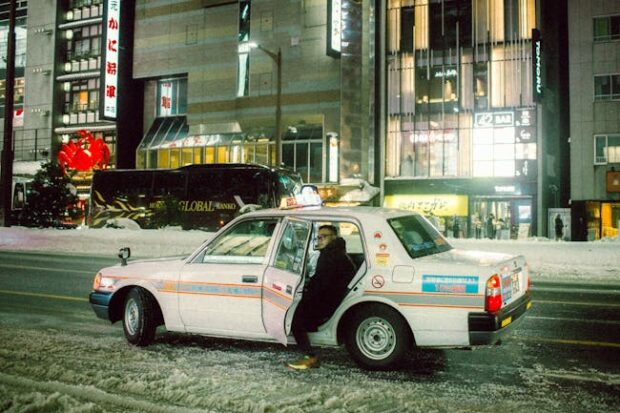Robot driver Musashi performs test drives in Tokyo
“Domo arigato, Mr. Roboto!” (Thank you very much, Mr. Robot!) Japanese scientists are developing a robot driver that can drive conventional automobiles.
University of Tokyo researchers built a humanoid machine named Musashi that operates a regular car like a human. They tested the machine by letting it drive a Toyota COMS electric car.
READ: OpenAI Japan officially opens
They discovered it could maneuver a car safely while following traffic lights. Soon, it might enable everyone worldwide to have robotic drivers after enough research and development.
How does the robot driver work?
Interesting Engineering shares more details regarding the humanoid driver.
In 2019, the University of Tokyo researchers started working on Musashi.
It is a “musculoskeletal humanoid,” which helps test learning control systems.
Musashi has 74 muscles and 39 joints inspired by the human body’s mechanics and proportions.
The robot driver’s eyes contain high-resolution vision cameras that can pan and tilt. Consequently, it can check side mirrors and immediately look back at the road.
Musashi went on a test drive with passing results. It completed a two-minute turn at moderate speed by releasing the brake pedal without using the accelerator.
The robot driver navigated a junction by identifying traffic lights. Later, Musashi detected and reacted to objects and people in its path.
Unfortunately, it tried using the accelerator but struggled to maintain consistent speed on hills. Nonetheless, the researchers will continue improving Musashi.
“For autonomous driving by humanoids in the future, we would like to develop the next hardware and software using the obtained knowledge,” said the researchers in their arXiv paper.
Robot drivers and the future of driving

Technology is transforming transportation faster than ever as the world might be transitioning from self-driving cars to robot drivers.
If Tokyo researchers succeed in improving Musashi for real roads, it may enable everyone worldwide to upgrade their existing vehicles with self-driving capabilities.
That might become a more practical way to modernize your trusty car. Also, it may transform public transportation by putting robot drivers behind the wheel of existing taxis, buses and similar vehicles.
After all, various countries are already developing robot pilots. An Inquirer Tech article reported MIT researchers built an AI copilot to assist human pilots during flights.
Another said China and the US are taking this technology a step further. They let their AI systems operate aircraft with humans in the back seats.